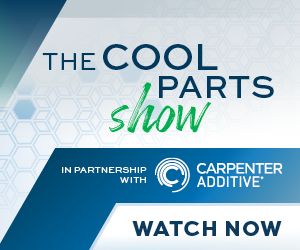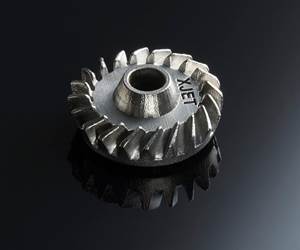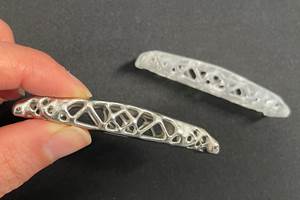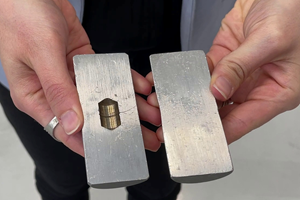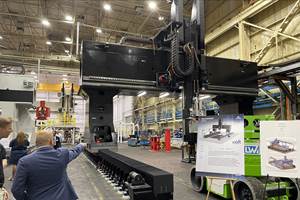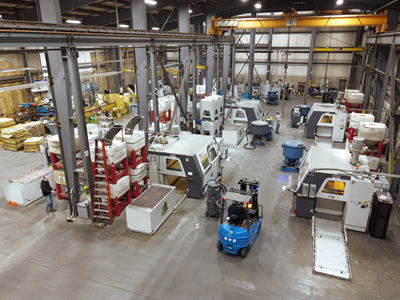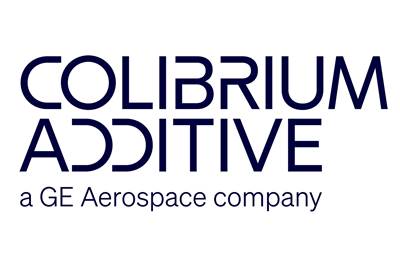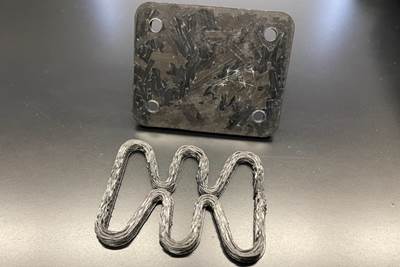3D Systems Materials Expand Capabilities of SLA, Figure 4 Platforms
3D Systems’ latest high-performance materials can enable efficient production of end-use parts in industries such as automotive, aerospace, semiconductor and consumer goods.
Parts produced with Accura AMX Tough FR V0 Black are flame-retardant and pass UL 94 V0 test standards. This high performance, fast-printing material is able to produce production-ready parts in high quantities or at large scale. Photo Credit: 3D Systems
3D Systems has developed new materials to enhance its stereolithography (SLA) and Figure 4 portfolios – Accura AMX Tough FR V0 Black, Figure 4 Tough FR V0 Black, and Figure 4 JCAST-GRN 20. These high-performance materials can enable efficient production of end-use parts in industries such as automotive, aerospace, semiconductor and consumer goods.
Flame-Retardant SLA Material for Large-format Parts
3D Systems is continuing the evolution of its SLA materials with the introduction of Accura AMX Tough FR V0 Black. The company’s materials scientists developed a chemistry based on its Figure 4 materials that enabled the industry’s first flame-retardant material for SLA. As a result, the material is also available as Figure 4 Tough FR V0 Black for use with 3D Systems’ Figure 4 platform, enabling customers to scale part sizes and leverage the system advantages provided by each platform.
Accura AMX Tough FR V0 Black delivers enhanced part quality and resolution for SLA that was previously only achievable with selective laser sintering (SLS) and fused deposition modeling (FDM) technologies. This flame-retardant material achieves UL 94 V0 rating and offers a combination of flexural modulus and unmatched elongation at break of nearly 35%. These properties combine with long-term stability to make the new Tough FR V0 Black material well suited for applications such as printed circuit board covers, semiconductor equipment, electrical housing, covers, hangers, brackets and flame-retardant parts for trains and buses.
Jewelry Casting Material Improves Direct Casting Workflow
3D Systems’ Figure 4 Jewelry is an affordable solution optimized for jewelry design and manufacturing workflows. The company’s Figure 4 JCAST-GRN 20 is its latest jewelry casting material, which is optimized for clean and easy burnout of finely detailed, high-resolution, accurate, repeatable jewelry patterns for direct casting. This new offering complements 3D Systems’ multijet printing (MJP) offerings for jewelry casting. The material’s enhanced properties make it well suited for the production of master patterns for gypsum investment casting of all types of jewelry, and suitable for a range of precious metals. The fully integrated workflow includes jewelry-specific build styles in 3D Sprint which provides design flexibility. The integrated workflow can also eliminate the need for postcuring, enabling a fast turnaround of casting patterns.
“Materials are at the core of our additive manufacturing solutions,” says Marty Johnson, vice president, product and technical fellow, 3D Systems. “It’s imperative that we offer our customers the most advanced materials in a fully integrated system to address their unique application needs. Their challenges fuel our innovation. With the introduction of these novel SLA and Figure 4 materials, we are able to deliver additional capabilities to our customers that will facilitate operation and application flexibility and accelerate their innovation.”
- Read about how 3D Systems’ Accura AMX resin withstands harsh thermal environments. The resin material is well suited for the testing of high-temperature components in applications such as HVAC, consumer appliances, motor enclosures, fixtures, mounts, stators, molding/tooling and more.
- Learn about 3D Systems verifying the performance of NASA’s GRX-810 super alloy. This oxide dispersion-strengthened alloy, developed by NASA, demonstrates exceptional mechanical properties and resistance to extreme temperatures, making it well suited for future use in critical components such as rocket engines, turbine blades and exhaust nozzle components.
Related Content
AM 101: NanoParticle Jetting (NPJ)
The proprietary process from XJet builds ceramic and metal parts using nanoparticle suspensions. Learn how NPJ works in this introductory article, part of our AM 101 series.
Read MorePossibilities From Electroplating 3D Printed Plastic Parts
Adding layers of nickel or copper to 3D printed polymer can impart desired properties such as electrical conductivity, EMI shielding, abrasion resistance and improved strength — approaching and even exceeding 3D printed metal, according to RePliForm.
Read MoreAM 101: What Is Hot Isostatic Pressing (HIP)? (Includes Video)
Hot isostatic pressing has long been used for metal castings, but is now being applied as a valuable method for closing porosity in metal 3D printed parts.
Read MoreWorld’s Largest Metal 3D Printer Seen at Ingersoll Grand Opening Event
Maker of large additive and subtractive machines adds capacity in Rockford, Illinois.
Read MoreRead Next
Looking to Secure the Supply Chain for Castings? Don't Overlook 3D Printed Sand Cores and Molds
Concerns about casting lead times and costs have many OEMs looking to 3D print parts directly in metal. But don’t overlook the advantages of 3D printed sand cores and molds applied for conventional metal casting, says Humtown leader.
Read MoreGE Additive Rebrands as Colibrium Additive
As part of the brand name transition, both the Concept Laser and Arcam EBM legacy brands will be retired.
Read MoreTo Improve Performance of Compression Molded Composites, Add 3D Printed Preforms
9T Labs' Additive Fusion Technology enables the manufacture of composite structures with as much or as little reinforcement as is necessary, using 3D printed continuous fiber preforms to add strength just where needed.
Read More

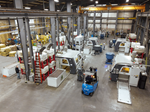
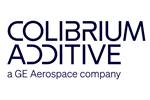
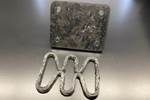
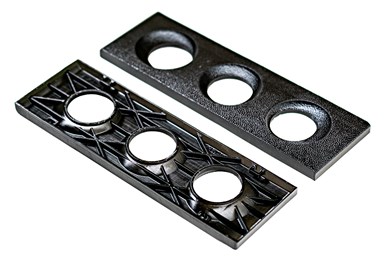



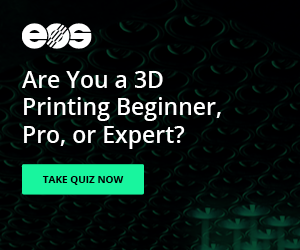
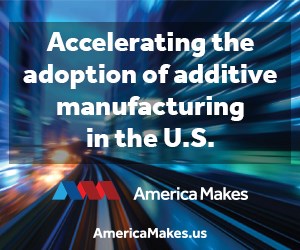


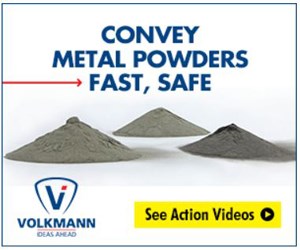
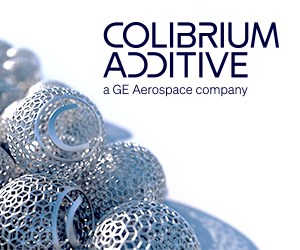
.png;maxWidth=300;quality=90)
